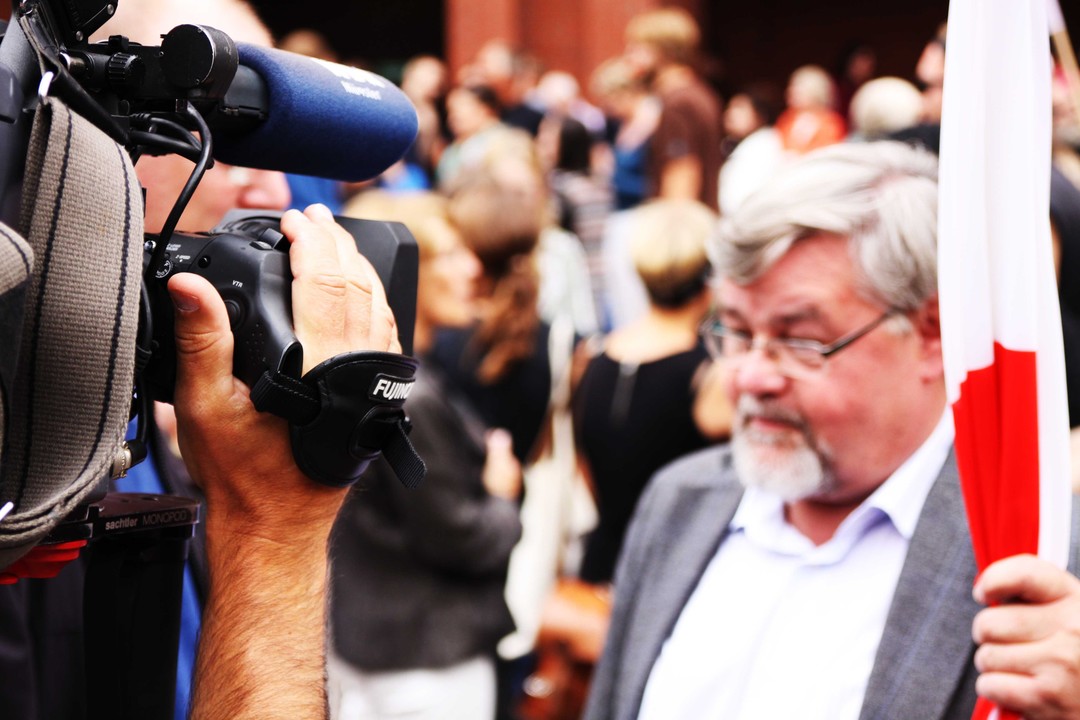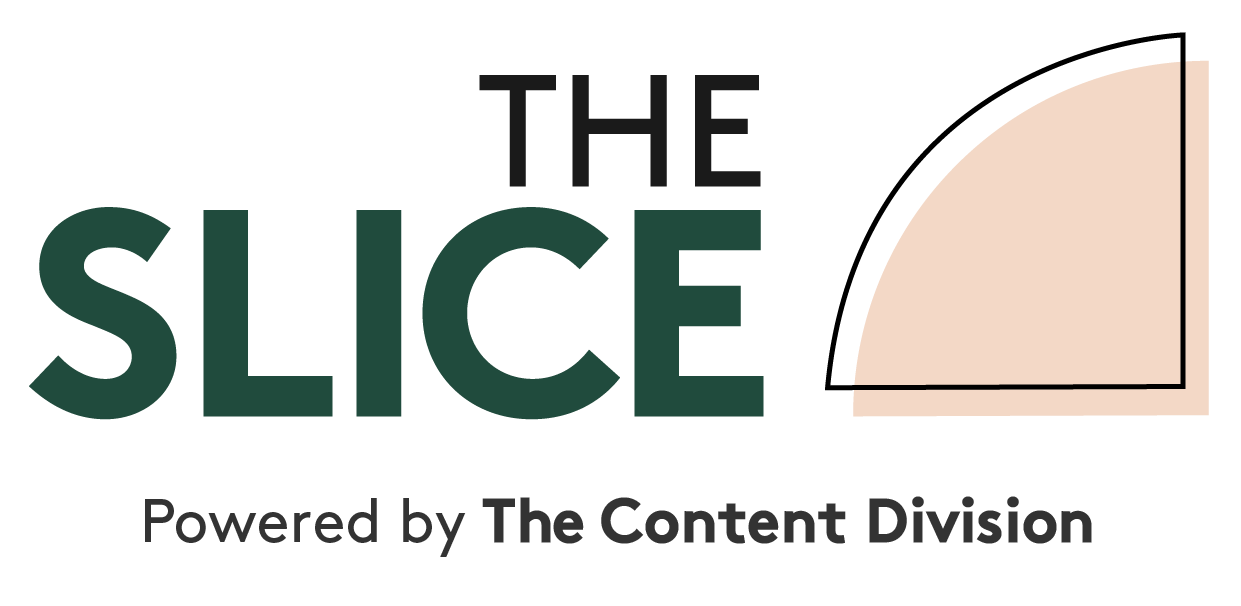
Yesterday our group account director tagged me in on this excellent article via Mumbrella about why journos make the best content marketers.
And it’s true – they understand audiences on a cellular level, their careers are built on purpose and the best journos are absolute beasts when it comes to agility (the good type). I once saw a senior subeditor nail six yarns with killer headlines on deadline all while screaming on the phone to her solicitor who was managing a home purchase crisis on settlement day. We then went for beers, but that’s another well-told journo story.
Yes, they can be all of these things and much, much more for a business that recognises their value and skills. But there is something that many journos do when they make the leap to marketing that straight up cooks their goose.
They stop acting like journos.
It’s often whispered (read openly mocked) in newsrooms about that colleague who made the shift to the dark side of marketing or PR. There is a breed of journo who will never leave the trenches of politicians’ door stops, the cold and lonely halls of the magistrates court or even their local oval to report on a bit of park footy over a warm three-buck tinnie.
But in the reality of a media market that is devastating newsrooms and shoving some incredibly experienced journalism minds out the door, so many are seeking the relative comfort (compared with the graveyard shift at a newsroom, anyway) of a marketing or comms role.
To those people I say this: fearlessly preserve and apply your journalistic expertise in marketing. We bloody well need it.
I’ve seen it happen again and again. Too many journos who end up in content marketing, PR and comms roles deviate to boring comms speak, overblown brand claims and prioritising absolute garbage over what will captivate and move an audience towards a positive action. And it may be because that’s what they’ve always copped in the newsroom.
If you’re a journo in transition reading this, think of every terrible press release that’s lobbed into your inbox, every “exclusive media opportunity” that you know is a photo of some bloke handing over a giant cheque, and every ad feature you wrote on deadline that had the most blatantly terrible call to action at the end, and rail against them.
Think of some of your best work – the writing, the imagery, the footage, the stories that moved people emotionally or forced changes to tired or harmful policy – and apply the same rigour to aligning your content with the objectives of your audiences and those of the company for which you work.
Work with the people who shape strategy and inject your audience-focused expertise into every activity – force them to listen and don’t settle for box ticking. Journos rarely do it in the newsroom so fight the scourge it has become in marketing and comms. You may win some, you will definitely lose some.
Teach the people at your new company how to write. Most adults can’t.
Craft stories that take people places, be it a travel blog or a CEO’s thought leadership piece. There is always an angle, a subject or a narrative that can shift a reader – you’ve had to pull gold out of the gutter a million times before so why stop now?
Embrace and openly seek the ideas of advertising creatives and designers – they will take your content to a different level.
But please, don’t stop being a journo. It’s your edge. It’s what makes you different. And you may just find your purpose where you never thought to look.





